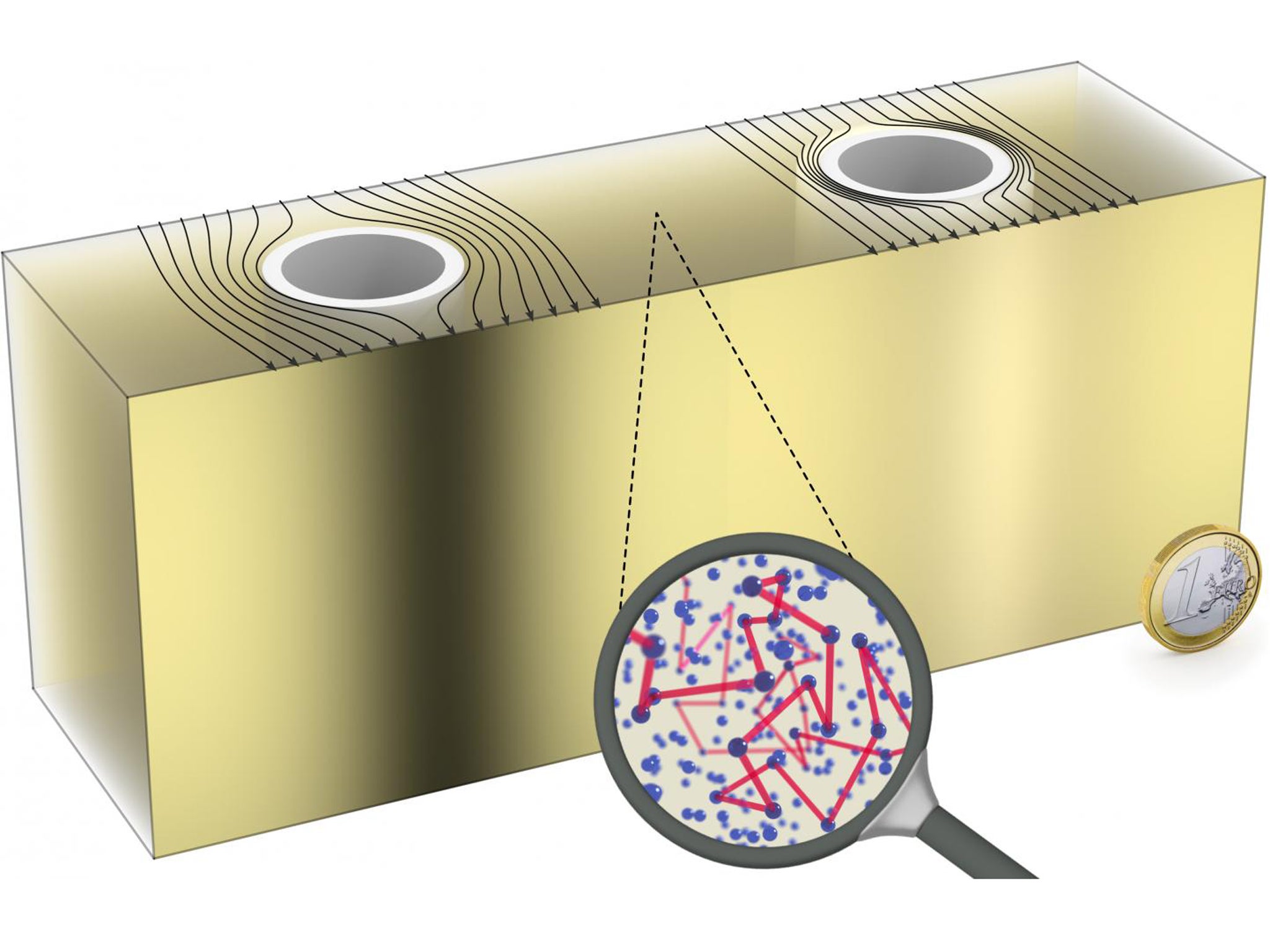Scientists build real-life invisibility cloak
Small box can completely disappear small items, the size of a phone or a wheel of cheese

Your support helps us to tell the story
From reproductive rights to climate change to Big Tech, The Independent is on the ground when the story is developing. Whether it's investigating the financials of Elon Musk's pro-Trump PAC or producing our latest documentary, 'The A Word', which shines a light on the American women fighting for reproductive rights, we know how important it is to parse out the facts from the messaging.
At such a critical moment in US history, we need reporters on the ground. Your donation allows us to keep sending journalists to speak to both sides of the story.
The Independent is trusted by Americans across the entire political spectrum. And unlike many other quality news outlets, we choose not to lock Americans out of our reporting and analysis with paywalls. We believe quality journalism should be available to everyone, paid for by those who can afford it.
Your support makes all the difference.Researchers have built a small box that could be used to completely hide small objects, like a real-life invisibility cloak.
Scientists have built systems that hide objects by bending light around them, so that they can’t be seen — but they have previously only been tiny and worked at small wavelength ranges. But scientists from the German Karlsruhe Institute of Technology (KIT) claimed to have built an invisibility cloak big enough to hide small objects, like phones, keys or a wheel of cheese.
To use the cloak, objects are put inside the small, long box that is coated with a special paint. The box bends light around it, meaning that the objects placed in it disappear from sight.
Like previous versions, the invisibility cloak works by bending light around the box. But doing that forces it to take a longer route that it normally would, posing a problem for the technology because it's not possible to speed the light up.
But the KIT scientists have got round that issue by covering the whole box in a light-scattering material. In effect, that material slows down all of the light — which means that it can be sped back up again.
"As we seemingly slow down the light everywhere, speeding it up again in the cloak to make up for the longer path around the core is not a problem," said Robert Schittny, who led the research project.
And because of the way that it is built, the team behind the cloak say that it can be easily transported and so could be taken to classrooms to inspire students.
It is a macroscopic cloak that you can look at with your bare eyes and hold in your hands," said Schittny. "With a reasonably strong flashlight in a not too bright room, it is very easy to demonstrate the cloaking.
“That means no fancy lab equipment, no microscopes, no post-processing of measurement data. The effect is just there for everyone to see."
The team behind the new invisibility cloak are set to demonstrate it at a conference held in California next week.
Join our commenting forum
Join thought-provoking conversations, follow other Independent readers and see their replies
Comments